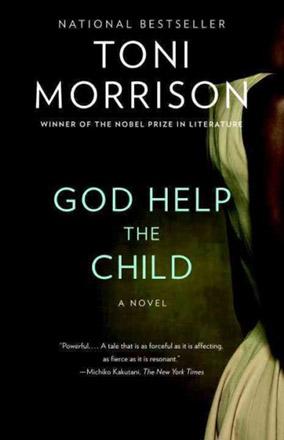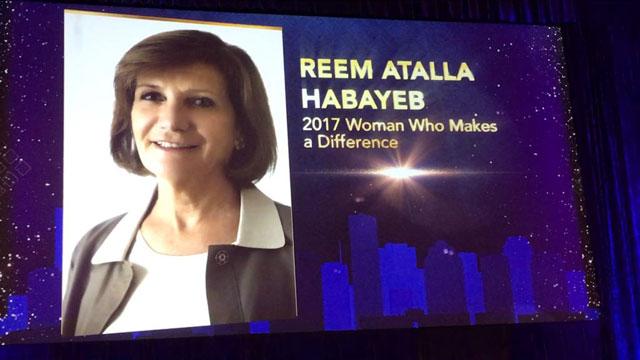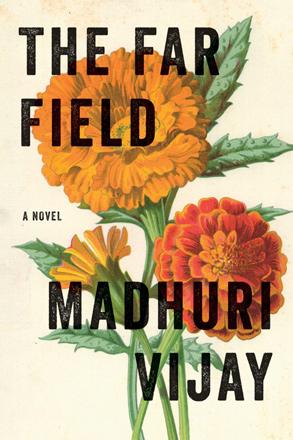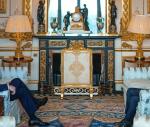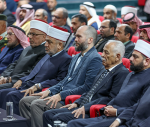You are here
Caught in a vicious cycle
By Sally Bland - Jun 13,2021 - Last updated at Jun 13,2021
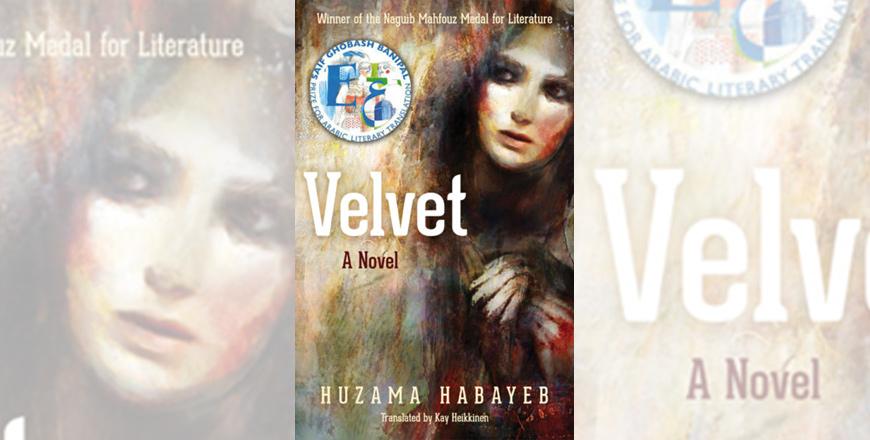
Velvet
Huzama Habayeb
Translated by Kay Heikkinen
Cairo/New York: Hoopoe, AUC Press, 2019
Pp. 265
In extraordinarily vivid prose, at times approximating prose poetry, Huzama Habayeb tells the story of Hawwa, a strong, attractive Palestinian woman born and raised in Beqaa Camp on the outskirts of Amman. This is Habayeb’s third novel, and the original Arabic text, “Mukhmal” (2016), gained her the Naguib Mahfouz Medal for Literature in 2017, paving the way for this English edition.
The opening pages of the novel record a week of relentless rain, giving a taste of Habayeb’s powers of description to capture the intertwined mood of the camp and its inhabitants: “The sky awoke in the morning gloomy, dispirited and very dark. Deep wounds opened in the earth, whose pus overflowed into the asphalt streets, long neglected, whose tar coating had dissolved long before. People walked listlessly, their backs bent, exhausted; the rain slapped their sides and they did not resist or make any real effort to avoid it.” (p. 2)
This passage is one of many where the author employs the imagery of weather to foreshadow the novel’s many tragedies, and to show how the conditions of camp life extinguish joy.
When the rain stops, Hawwa, in her forties in the novel’s now-time, embarks on a mission, buying things for her anticipated happy future; she is planning her second marriage, this time to a man of her choice. Her day is punctuated by a series of lengthy flashbacks which fill in the gruesome details of her tormented life. The sexual harassment she encounters on the bus to Sweileh is nothing compared to the regular beatings and sexual abuse by her father throughout her childhood and then by her first husband who was forced upon her. Almost as disturbing as the physical violence inflicted on her and her siblings is the apparent indifference of her mother, her siblings’ avoidance of dealing with their abusive reality, and later her own children’s lack of support.
Always it is Hawwa who tries to protect the others, but there is little or no reciprocal compassion. Even after she marries, bears two children and is working tirelessly, it is she who continues to provide for other family members and to care for the elderly (who had once abused her, but are now helpless). The family seems caught in a vicious cycle which precludes love and empathy. Although this cycle is rooted in poverty and dispossession, it has taken on a perverted life of its own, with gratuitous cruelty seeming to be at the heart of most of the male characters’ identity — a paltry compensation for their powerless and cowardice.
Flashbacks also reveal the source of Hawwa’s survival tactics. At the age of thirteen, her mother apprenticed her to Sitt Qamar, the most respected seamstress in the whole Amman area. From this amazing woman, Hawwa learns not only design and sewing but also a gracious life style which embraces kindness, love, beauty, the songs of Fairuz, and acceptance of her own body. Sitt Qamar’s example bolsters her innate imagination and when harsh blows or unwanted sexual advances violate her body, “Hawwa sought help from her fantasies. She separated her body from her spirit, observing her body being defiled without feeling real defilement, as if at that moment it no longer belonged to her. With time and continuous violations she came to leave her body entirely, standing far away and watching it with compassion.” (pp. 50-51)
Symbolic of Sitt Qamar’s (and subsequently Hawwa’s) love of life and beauty is the lush fabric, velvet, which gives the book its name and is key to what makes this story truly feminist. Although many pages are devoted to women’s suffering, they are not solely portrayed as victims. Rather, the prominence of a few strong female characters highlights the role of women as the creators of life, beauty, joy and compassion if only given the chance. Velvet, with all its implications of beauty and softness, sets up a stark contrast to the dehumanisation and alienation suffered by most women (and men) in the story.
This is a tale of women and men broken by refugee life, and the fate of those few who dare to persist in searching for happiness. Habayeb’s imagery is full of nuances, as is her depiction of Hawwa, but most of her male characters are not. This black-and-white character portrayal increases the drama and emotional impact of the novel, but impinges slightly on its credibility. On the other hand, fiction does not have to mirror real life literally, and Habayeb has obviously given priority to exposing the pervasiveness of domestic violence. Some reviewers have noted the absence of the patriotic themes typical of most Palestinian novels, but in fact Habayeb’s novel is an oblique indictment of the Palestinians having been made refugees in the first place. Human misery permeates the novel, but that doesn’t keep one from frantically turning the pages to follow the compelling story of Hawwa — an extremely memorable character.
Related Articles
AMMAN — Jordanian Reem Habayeb on Friday was recognised as one of the eight “women who made a difference in 2017” at this year’s Internation
The Far FieldMadhuri VijayNew York: Grove Press, 2019Pp.


